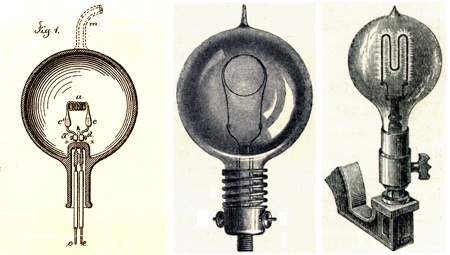Kevin Kelly at Technium: “…The procession of technological discoveries is inevitable. When the conditions are right — when the necessary web of supporting technology needed for every invention is established — then the next adjacent technological step will emerge as if on cue. If inventor X does not produce it, inventor Y will. The invention of the microphone, the laser, the transistor, the steam turbine, the waterwheel, and the discoveries of oxygen, DNA, and Boolean logic, were all inevitable in roughly the period they appeared. However the particular form of the microphone, its exact circuit, or the specific design of the laser, or the particular materials of the transistor, or the dimensions of the steam turbine, or the peculiar notation of the formula, or the specifics of any invention are not inevitable. Rather they will vary quite widely due to the personality of their finder, the resources at hand, the culture of society they are born into, the economics funding the discovery, and the influence of luck and chance. An incandescent light bulb based on a coil of carbonized bamboo filament heated within a vacuum bulb is not inevitable, but “the electric incandescent light bulb” is. The concept of “the electric incandescent light bulb” abstracted from all the details that can vary while still producing the result — luminance from electricity, for instance — is ordained by the

Three independently invented electric light bulbs: Edison’s, Swan’s, and Maxim’s.
Any claim of inevitability is difficult to prove. Convincing proof requires re-running a progression more than once and showing that the outcome is the same each time. That no matter what perturbations
